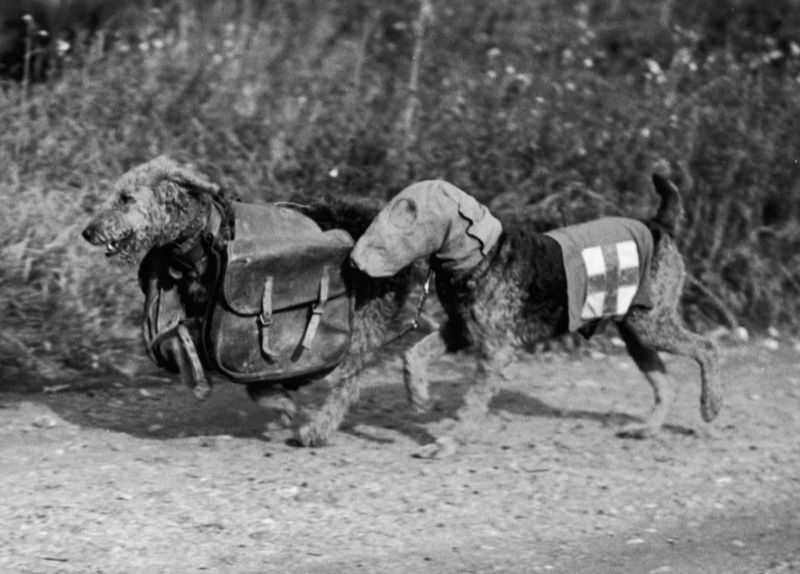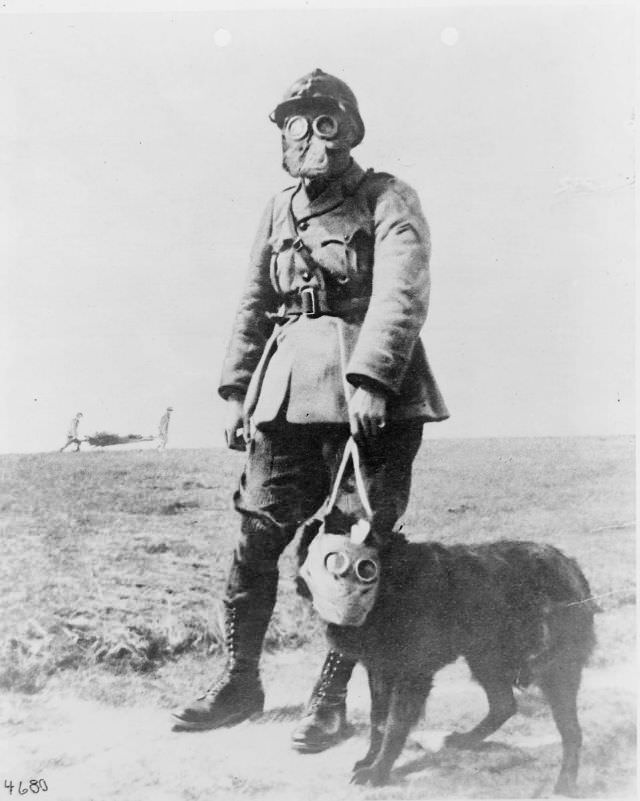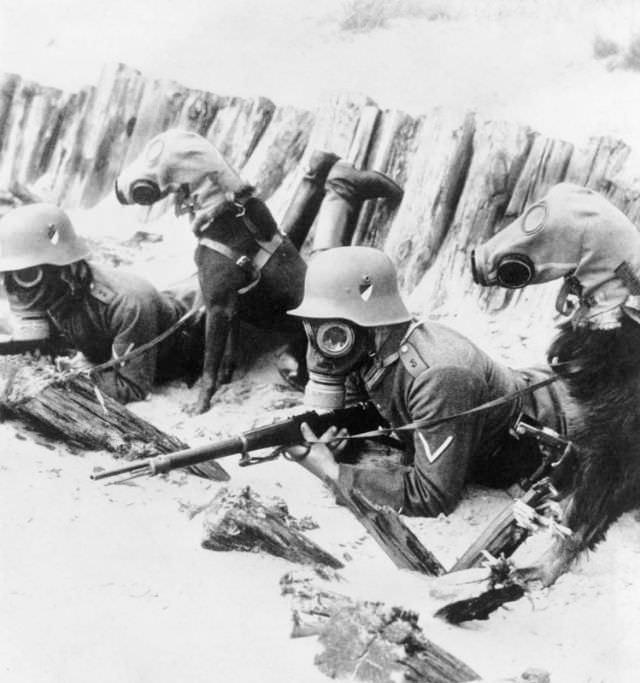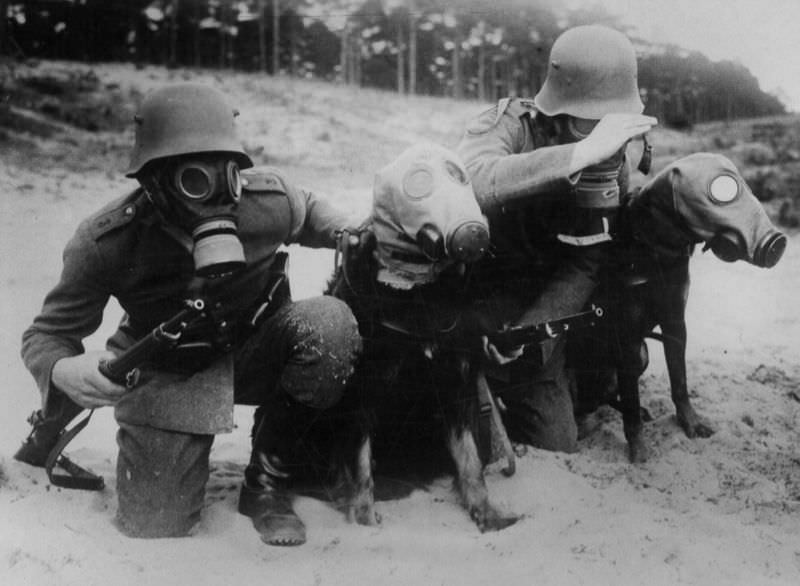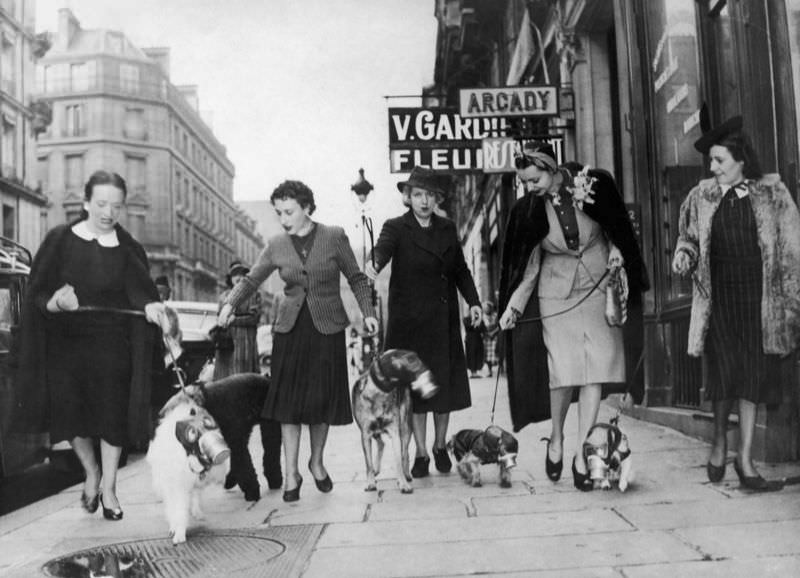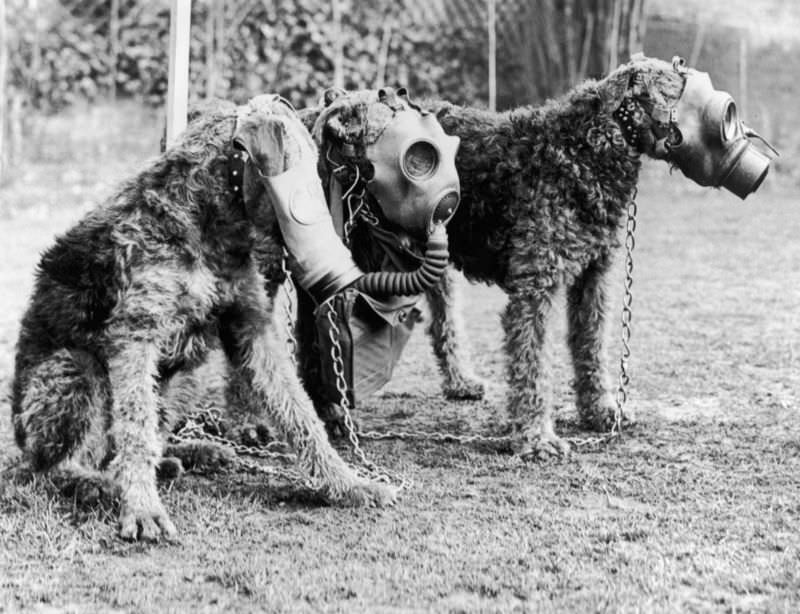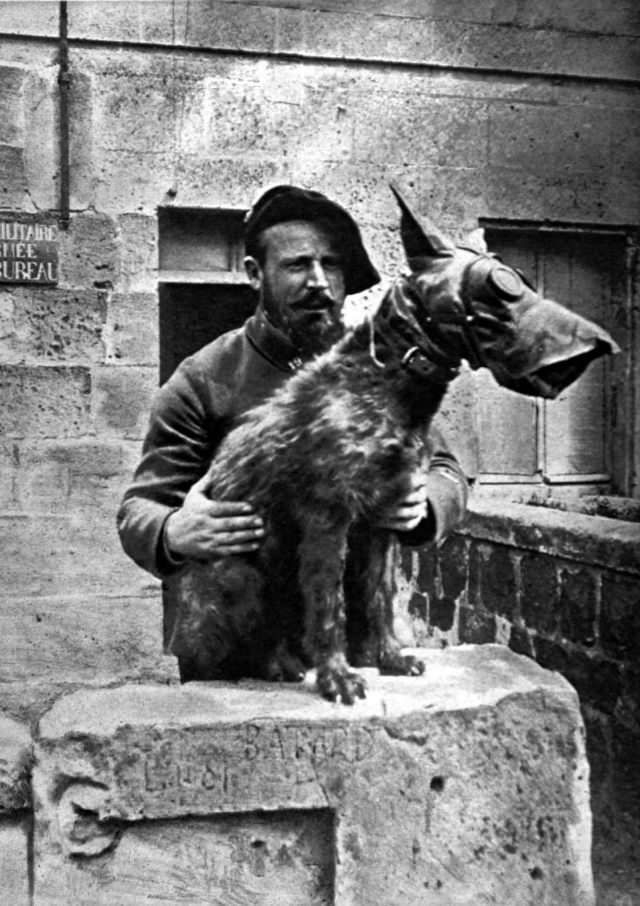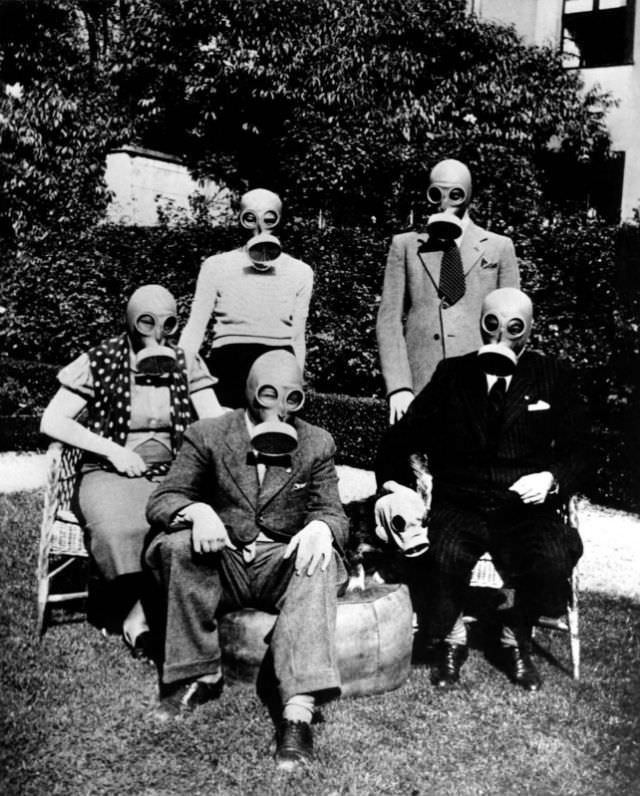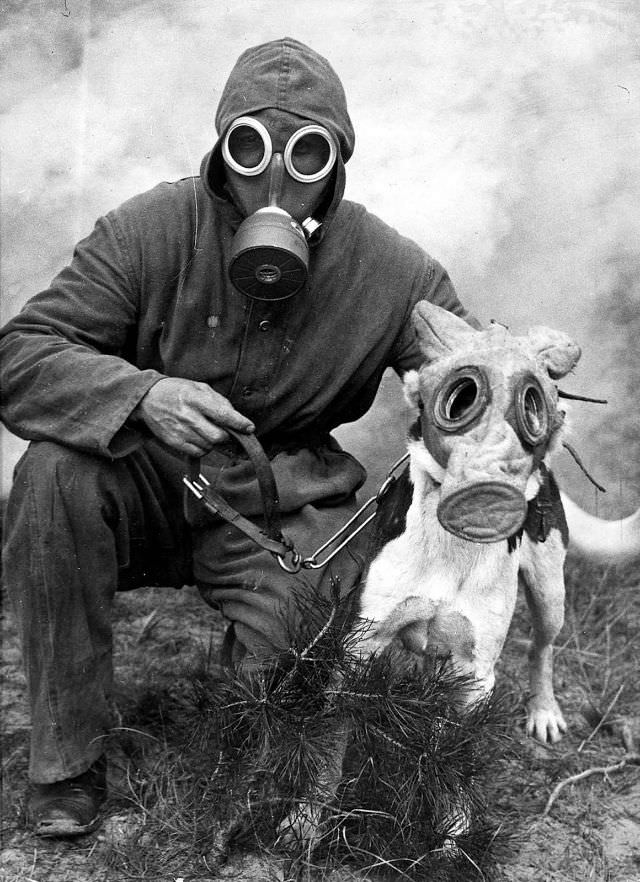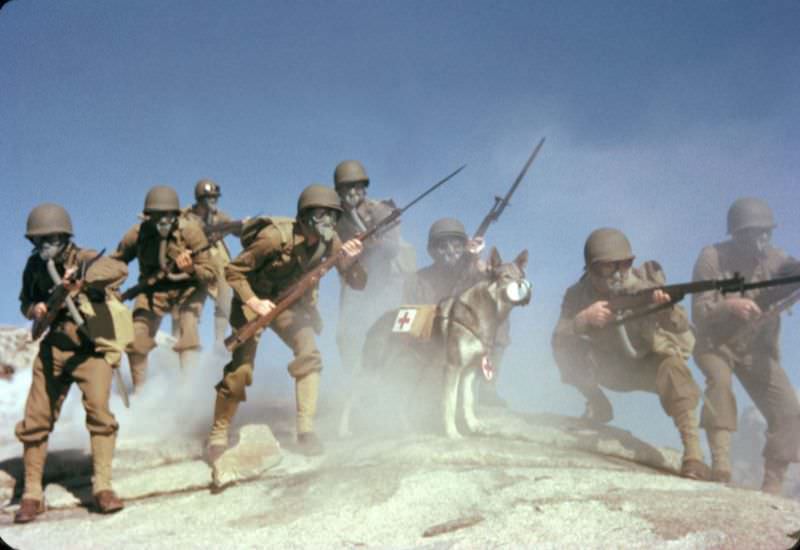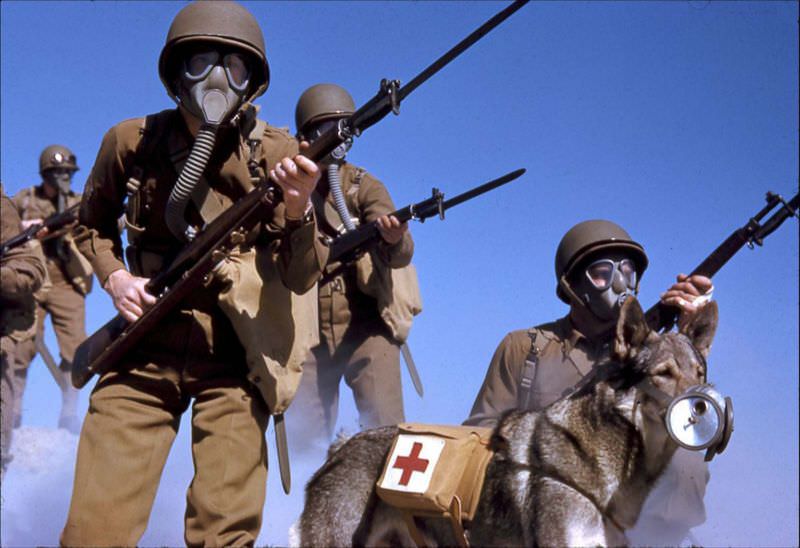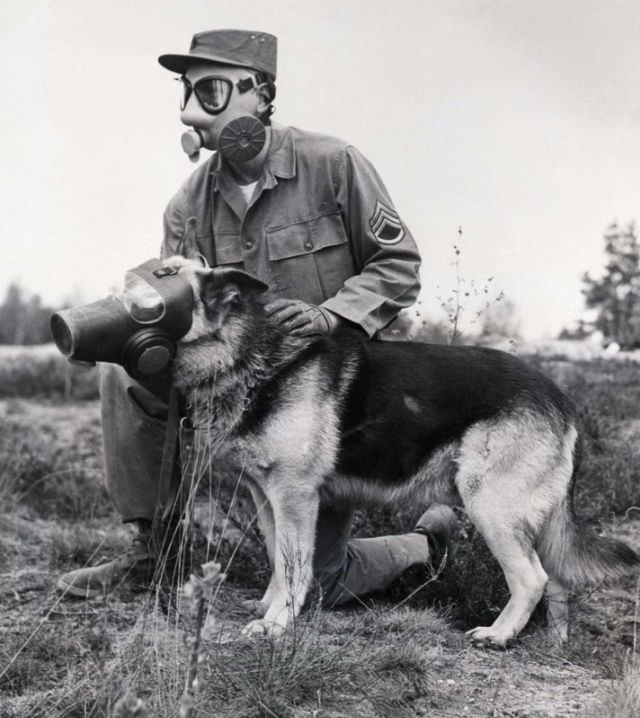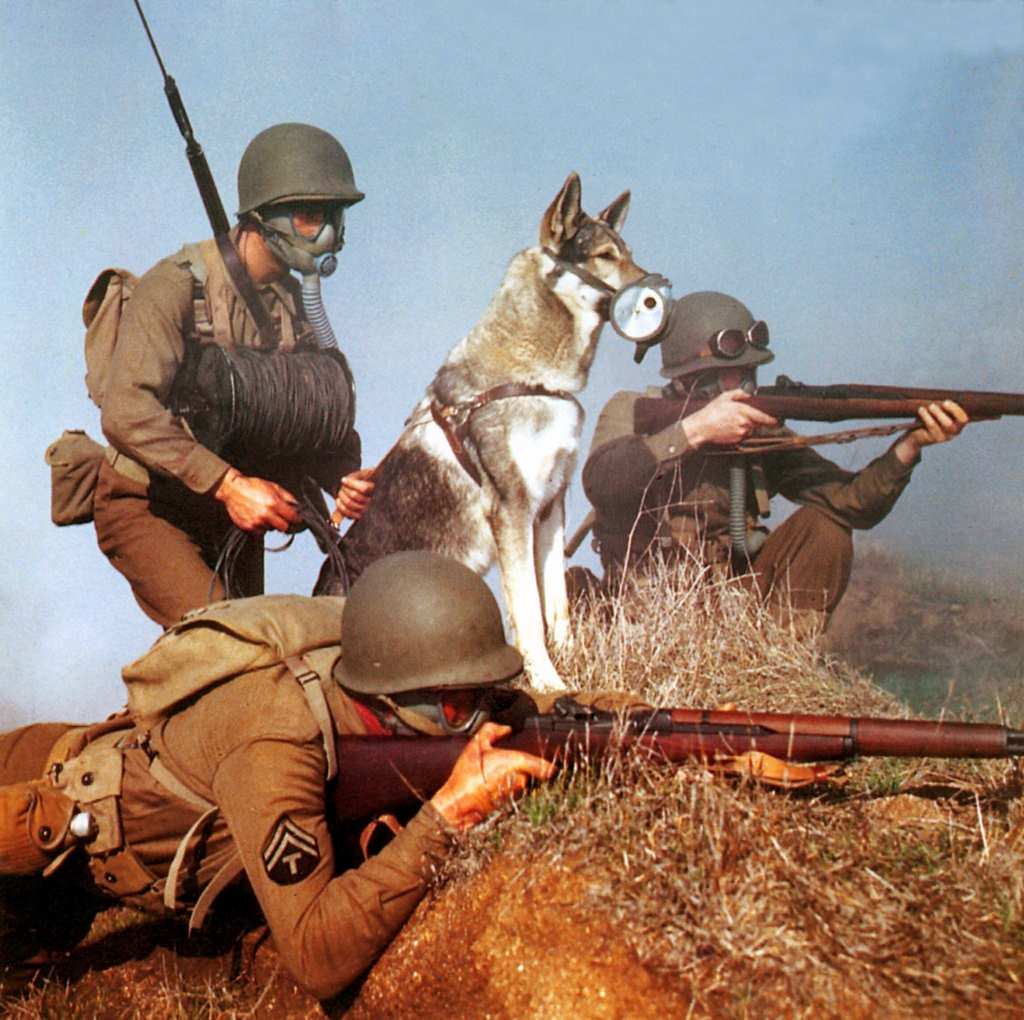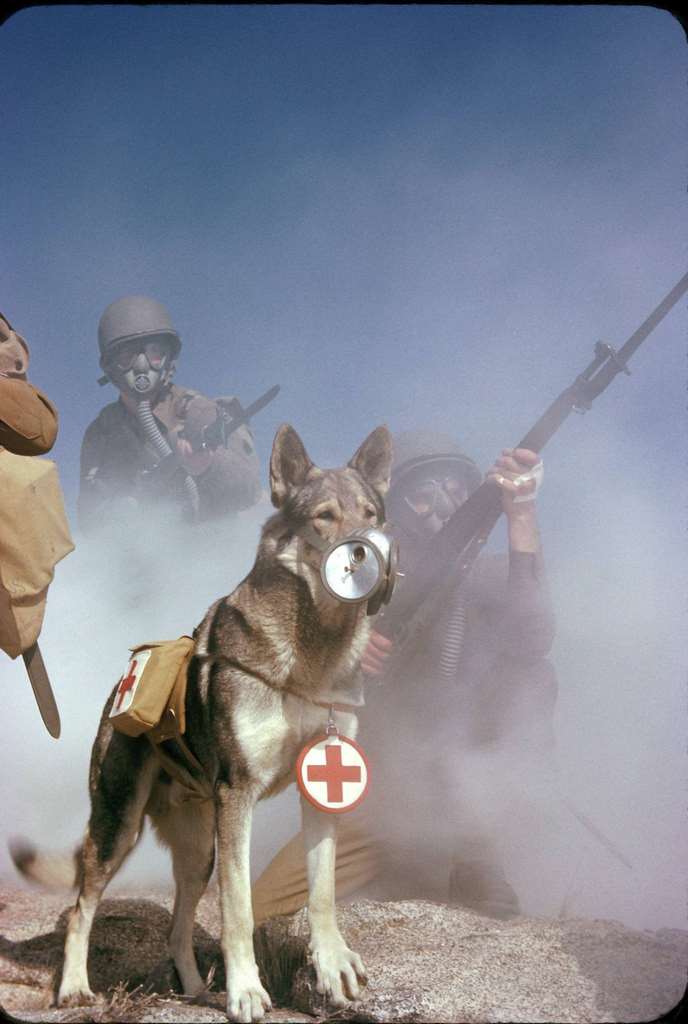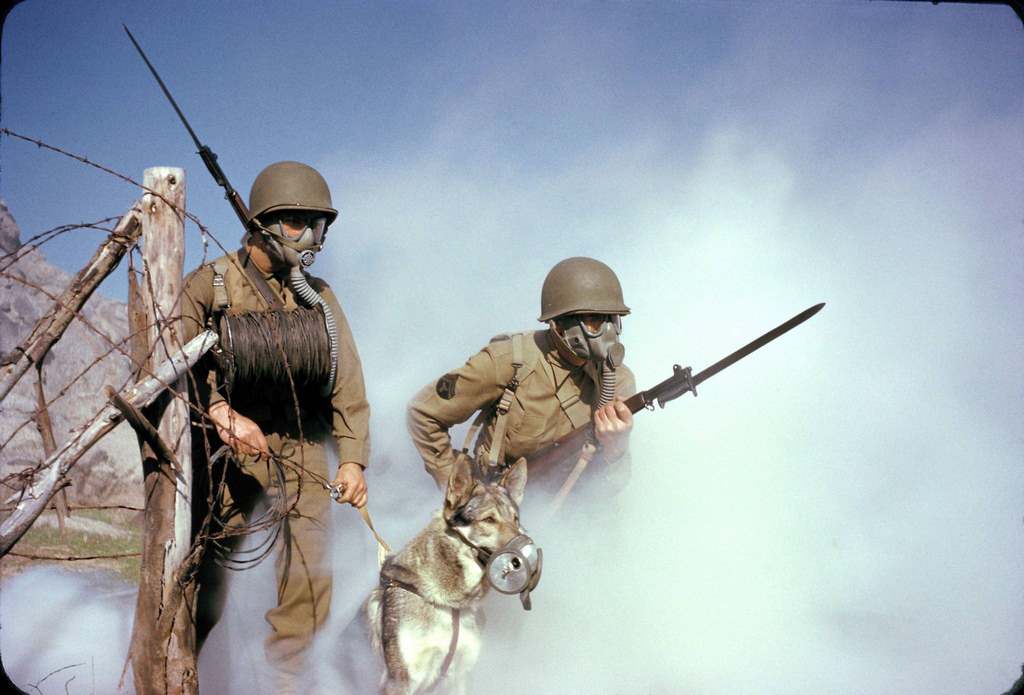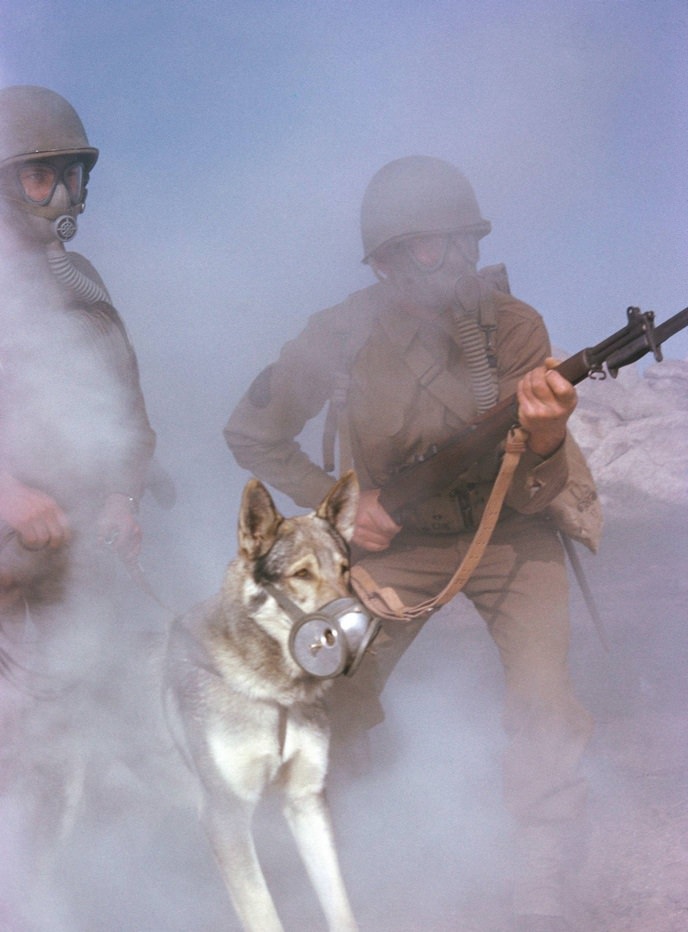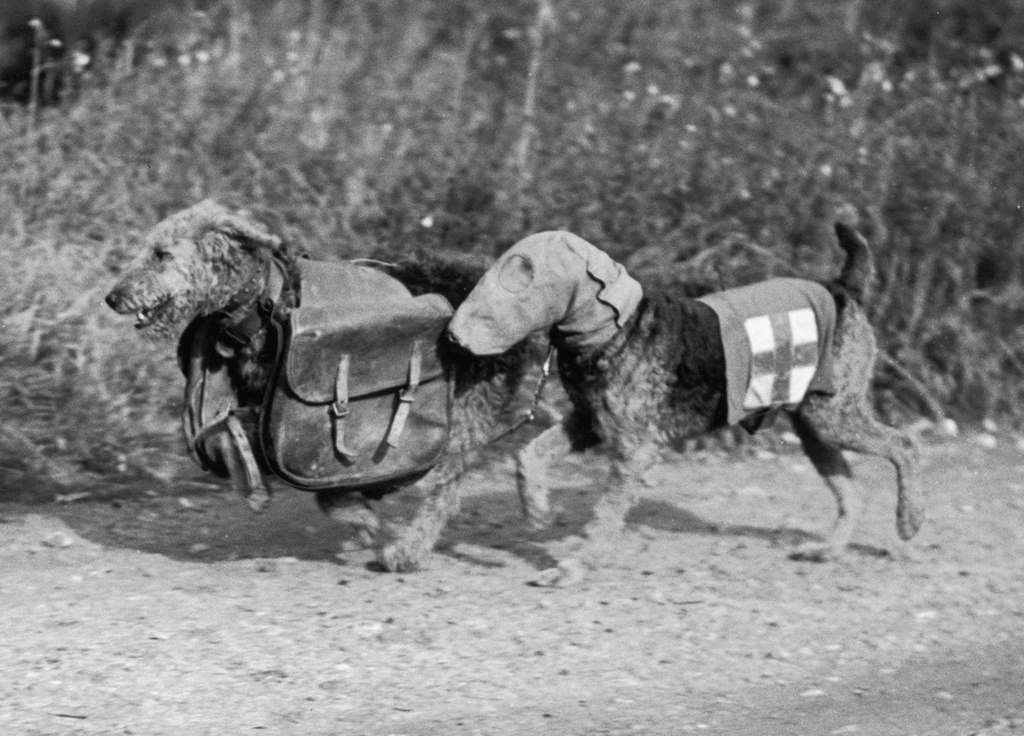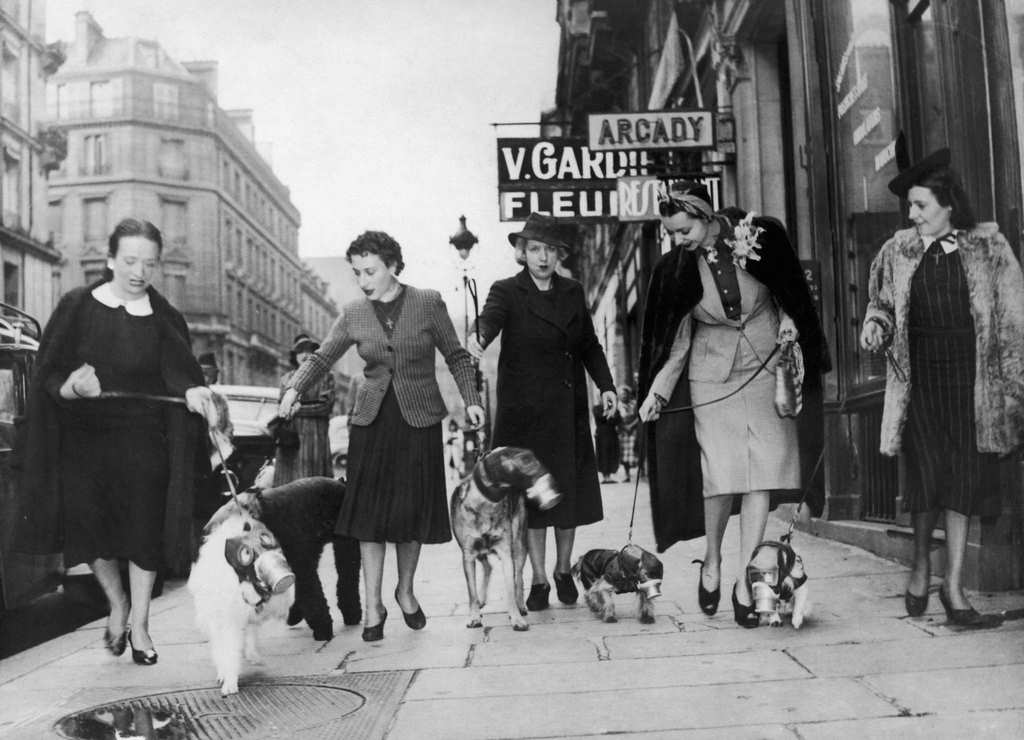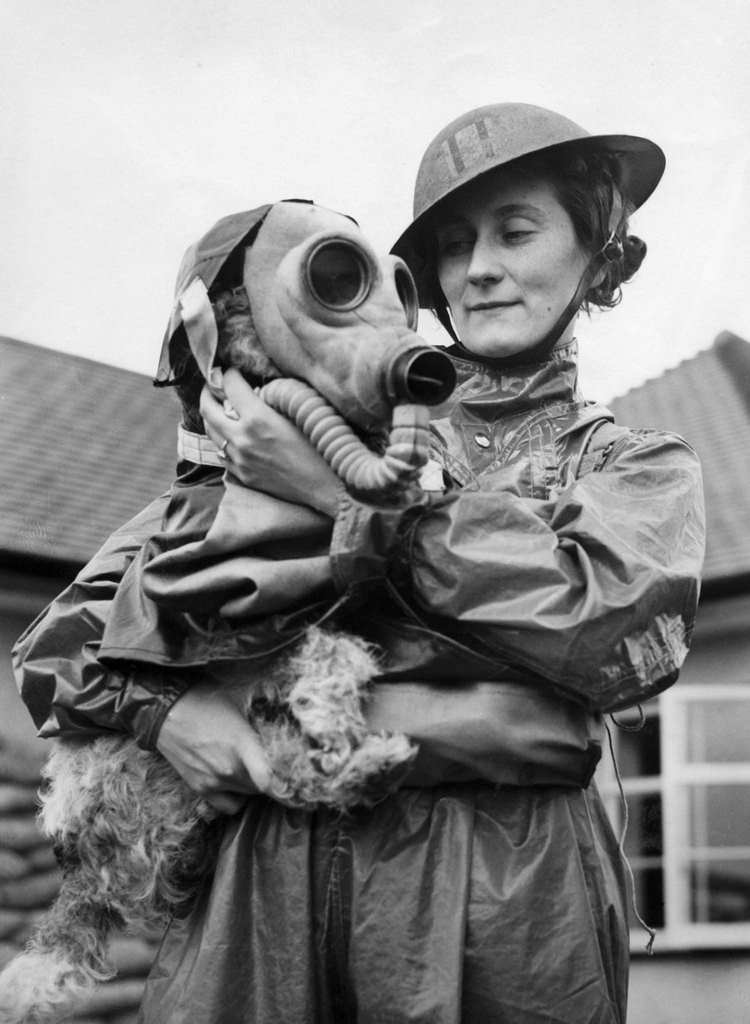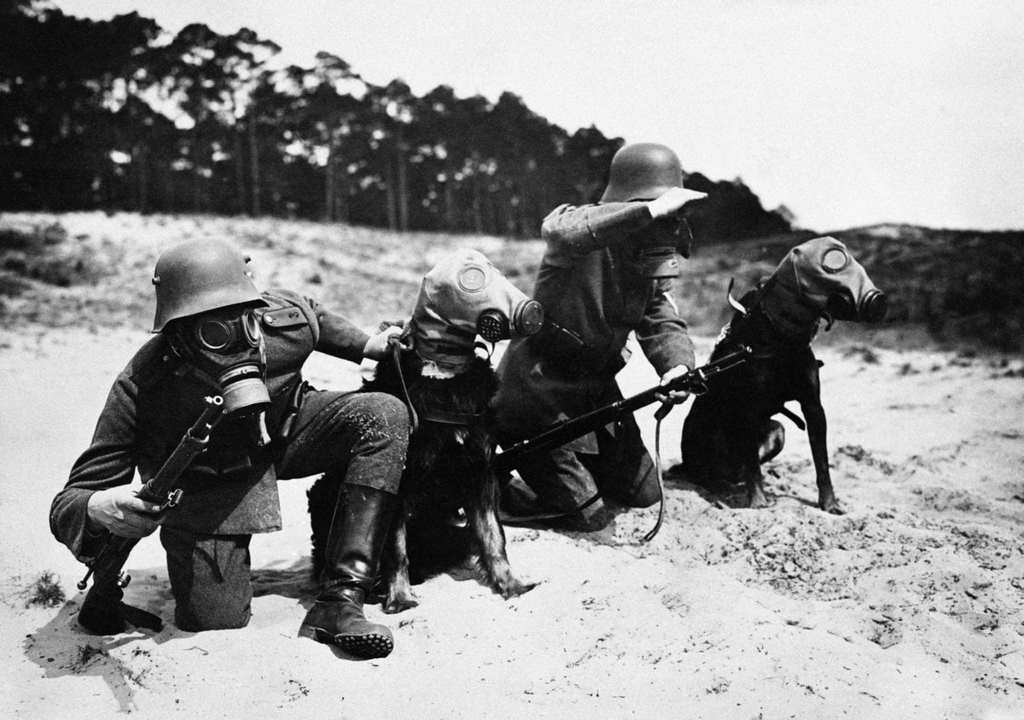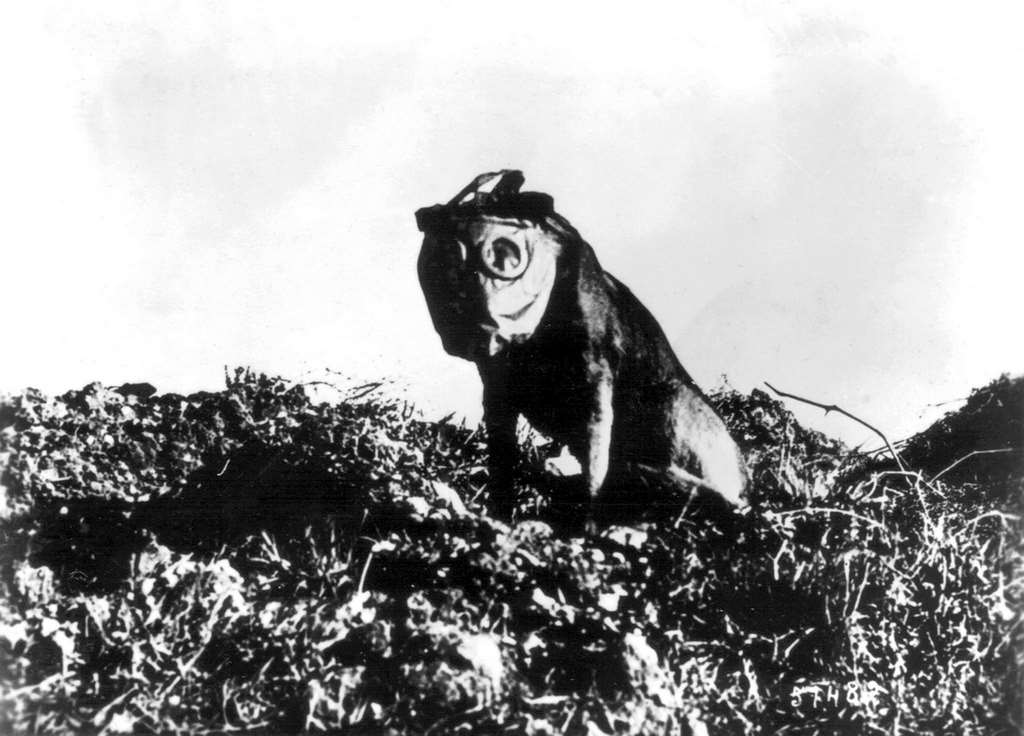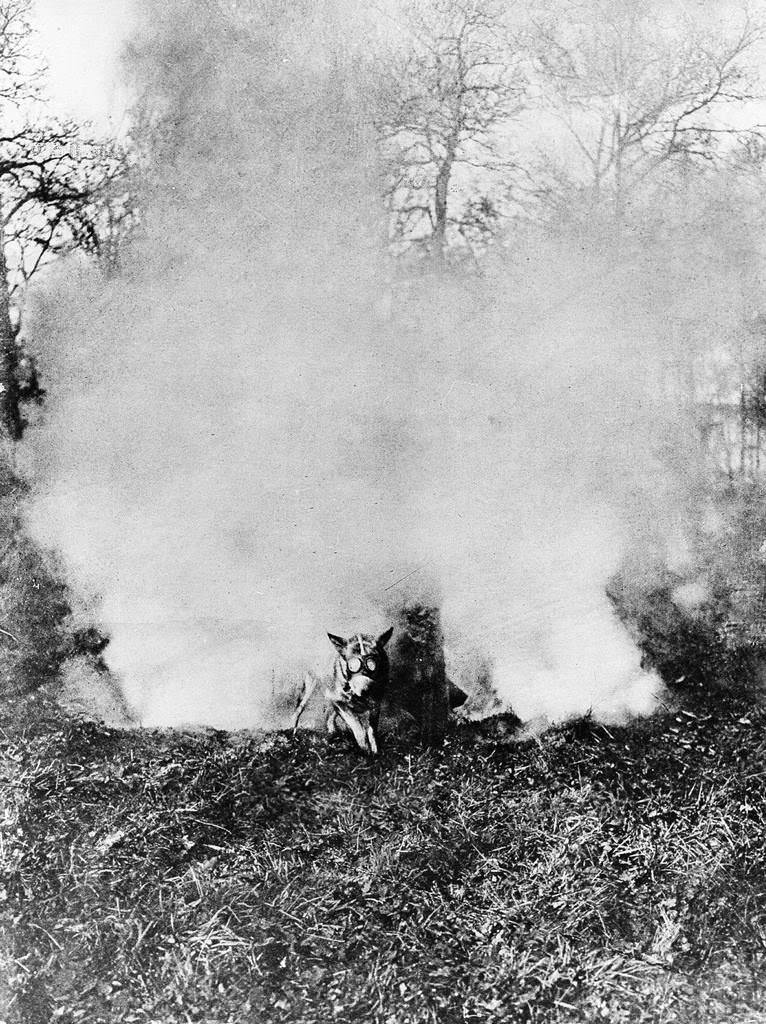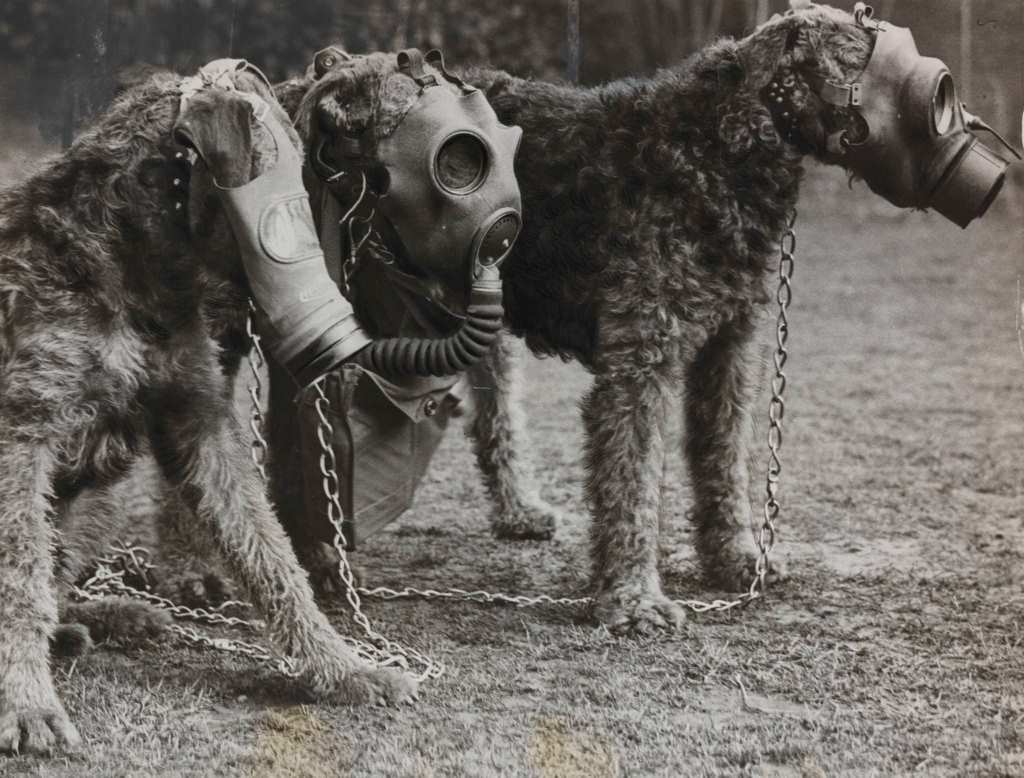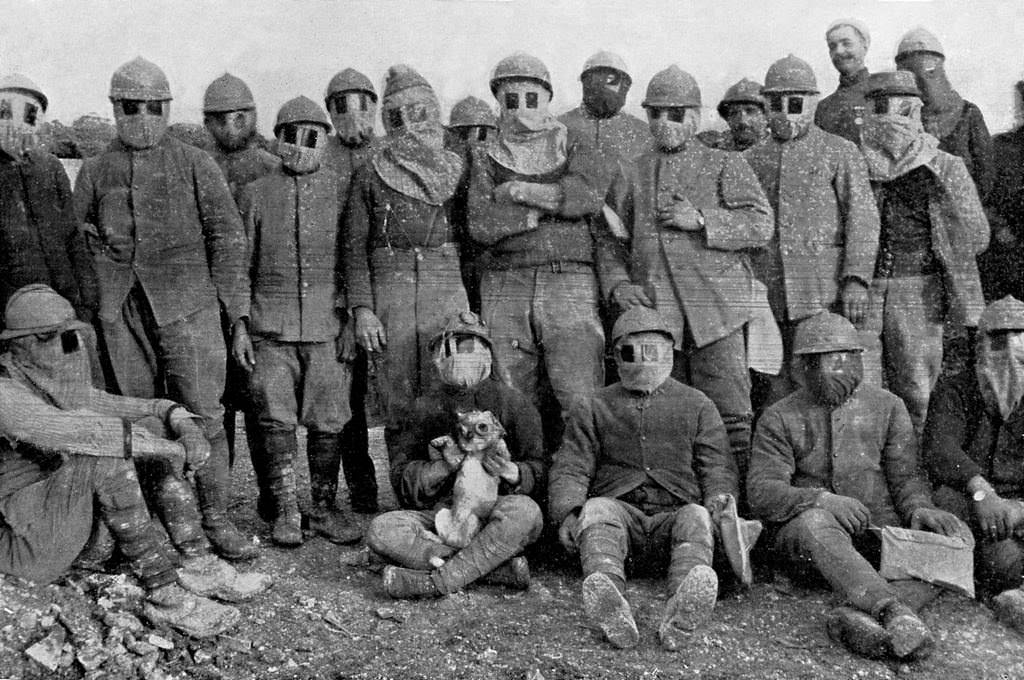The call of a gas attack was one of the terrifying sounds in the trenches. Throughout the war, hundreds of thousands of soldiers died from chlorine, phosgene, and mustard gas exposure as stalemated armies sought new ways to defeat each other.
In addition to human combatants, many military working animals also died from chemical weapons. Throughout history, dogs have served as sentries, messengers, attackers, and even mascots in warfare. It is estimated that one million dogs died during World War I, a conflict in which chemical weapons were used on a large scale for the first time. These gases’ devastating effects accelerated the development of masks to counteract them.
British and American governments developed masks quickly in response to German forces’ first use of poison gas in April 1915. They also developed canine gas masks due to the important role dogs played in combat at the time. On the Western Front, some 30,000 German dogs were used, while around 20,000 Entente dogs were kept. Their small size allowed them to slip over and between trenches to deliver messages, move medical supplies, or lay down communication lines. Some dogs pulled heavy machine guns on trolleys, and others served as sentries and scouts using their keen sense of smell and hearing.
Here are some pictures of war dogs wearing gas masks against chemical warfare:


